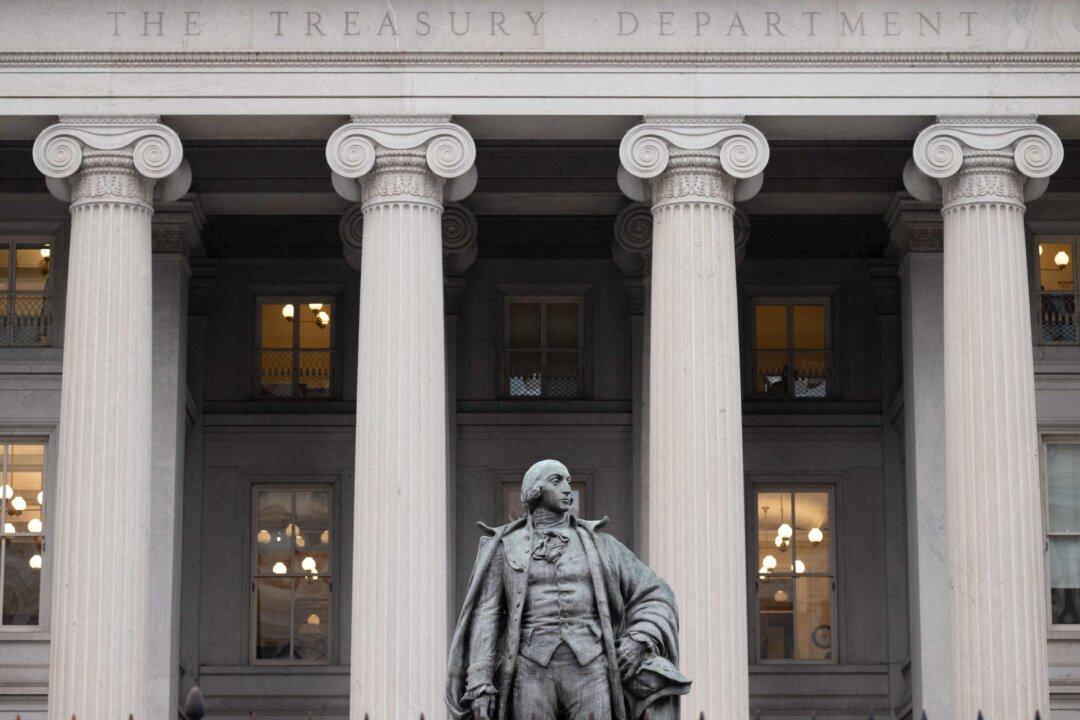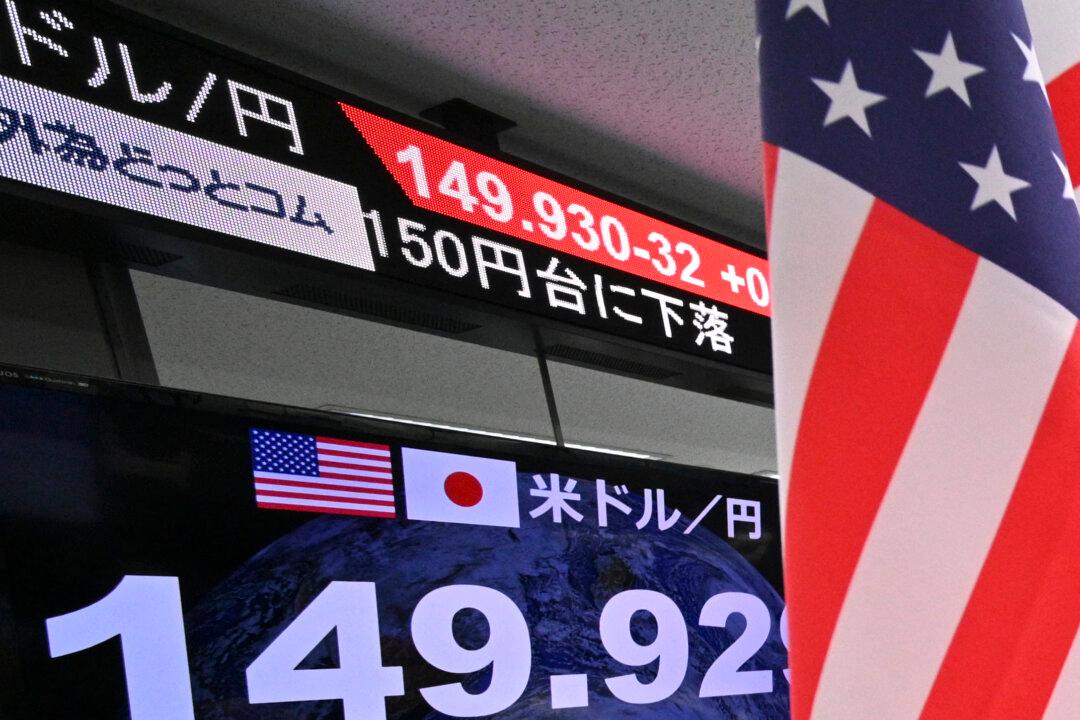Commentary
China’s economic statistics can’t be taken at face value. This has been well understood among economists and investors for years. The country always tries to make them look better than they really are, reporting more or less inflated numbers. It’s been said that electricity-consumption numbers better represent the state of the Chinese economy than gross domestic product. Electricity numbers are more difficult to fudge than growth rates and, hence, closer to the truth, it is believed.




